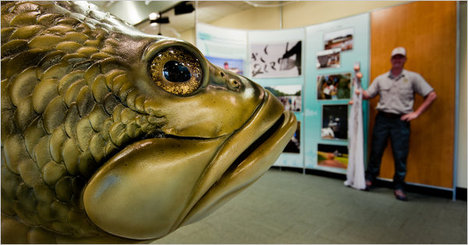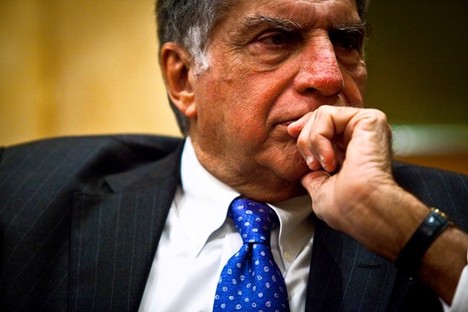Source of book image:
http://images.borders.com.au/images/bau/97816025/9781602582682/0/0/plain/compromising-scholarship-religious-and-political-bias-in-american-higher-education.jpg
(p. 34) . . . when a faculty committee is looking to hire or award tenure, political ideology seems to make a difference, according to a “collegiality survey” conducted by George Yancey.
Dr. Yancey, a professor of sociology at the University of North Texas, asked more than 400 sociologists which nonacademic factors might influence their willingness to vote for hiring a new colleague. You might expect professors to at least claim to be immune to bias in academic hiring decisions.
But as Dr. Yancey reports in his new book, “Compromising Scholarship: Religious and Political Bias in American Higher Education,” more than a quarter of the sociologists said they would be swayed favorably toward a Democrat or an A.C.L.U. member and unfavorably toward a Republican. About 40 percent said they would be less inclined to vote for hiring someone who belonged to the National Rifle Association or who was an evangelical. Similar results were obtained in a subsequent survey of professors in other social sciences and the humanities.
For the full commentary, see:
LAURA PAPPANO. “The Master’s as the New Bachelor’s.” The New York Times, EducationLife Section (Sun., July 24, 2011): 34.
(Note: ellipsis added.)
(Note: the online version of the commentary is dated July 22, 2011.)
Book mentioned:
Yancey, George. Compromising Scholarship; Religious and Political Bias in American Higher Education. Waco, TX: Baylor University Press, 2011.









